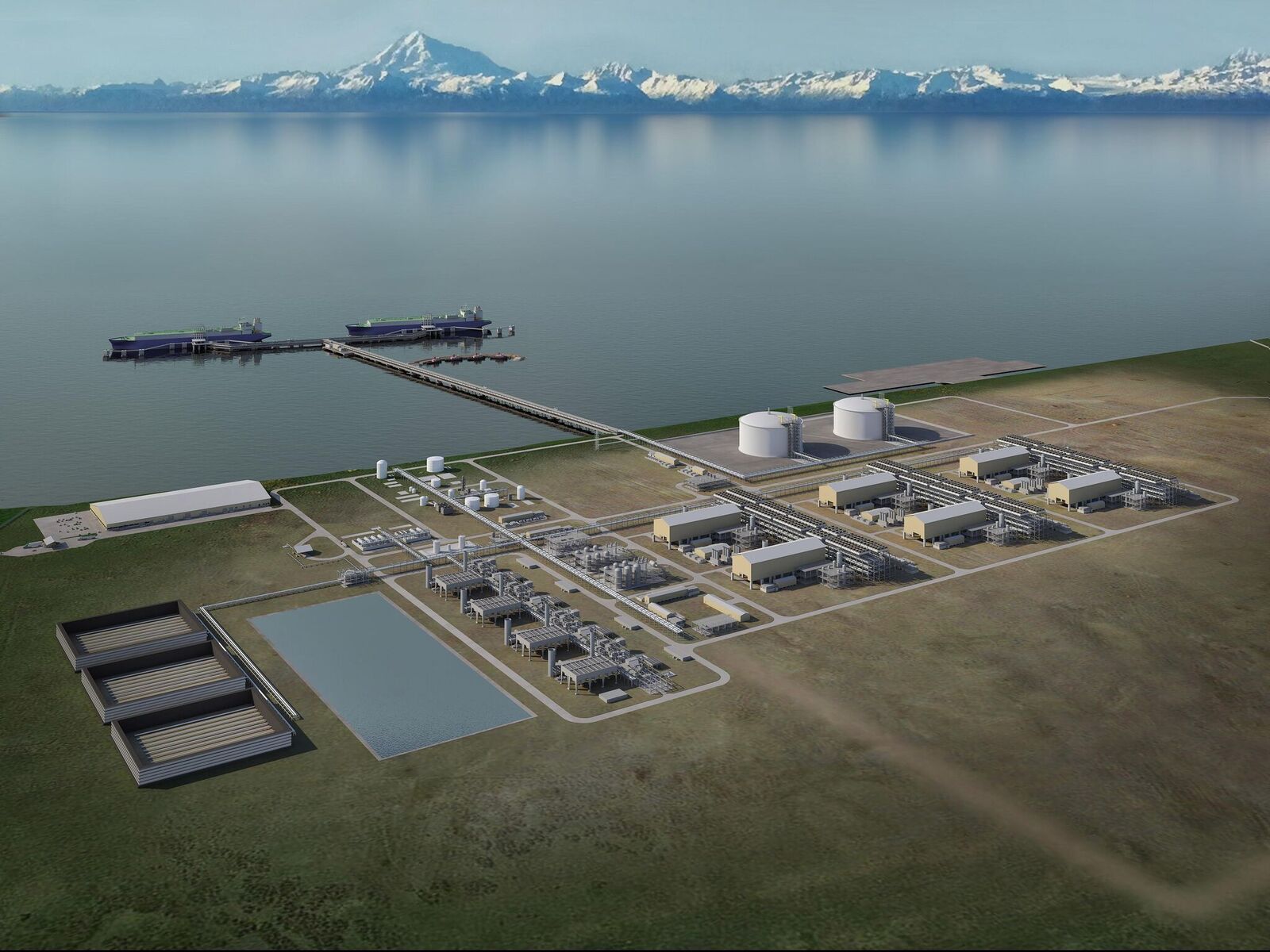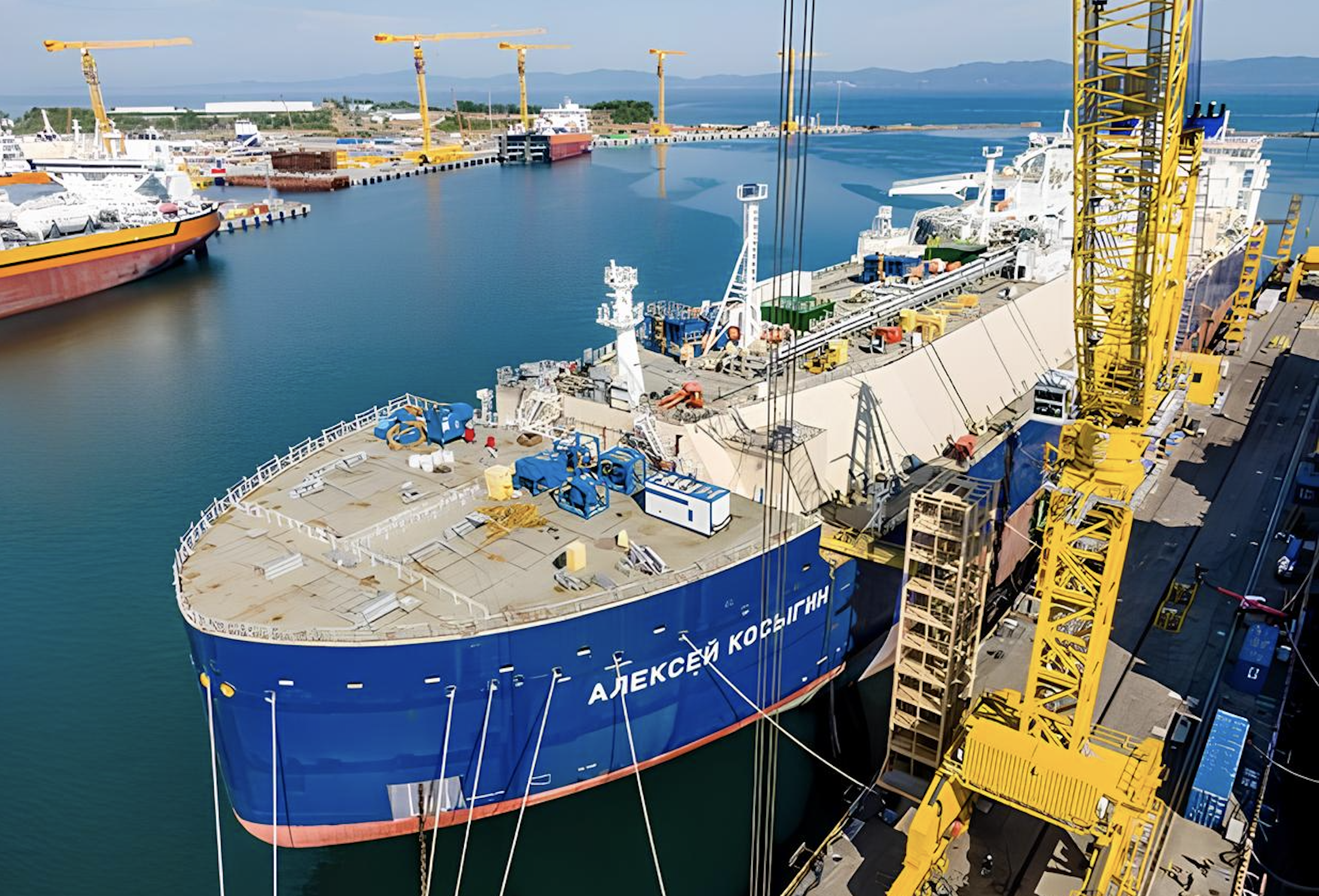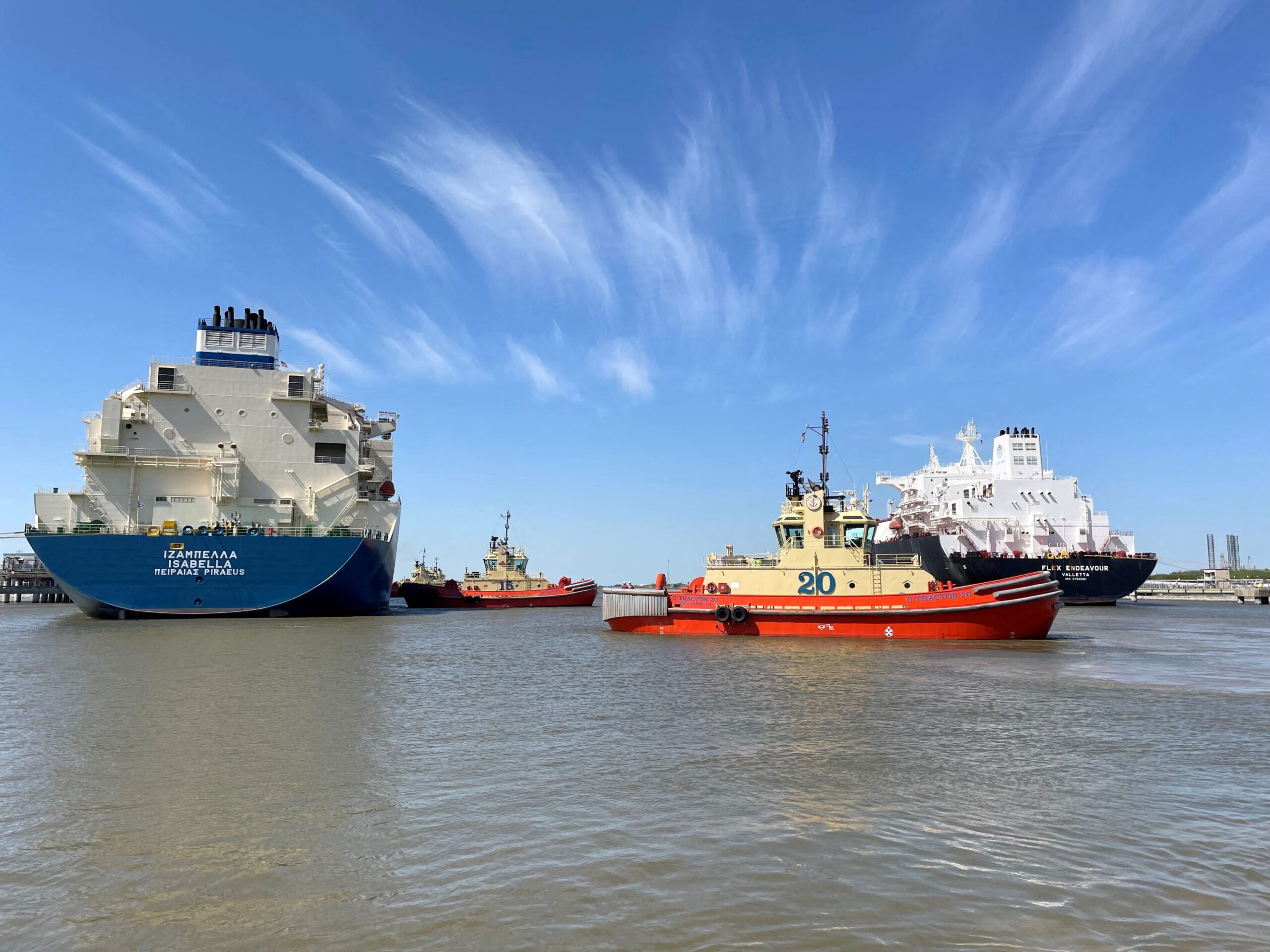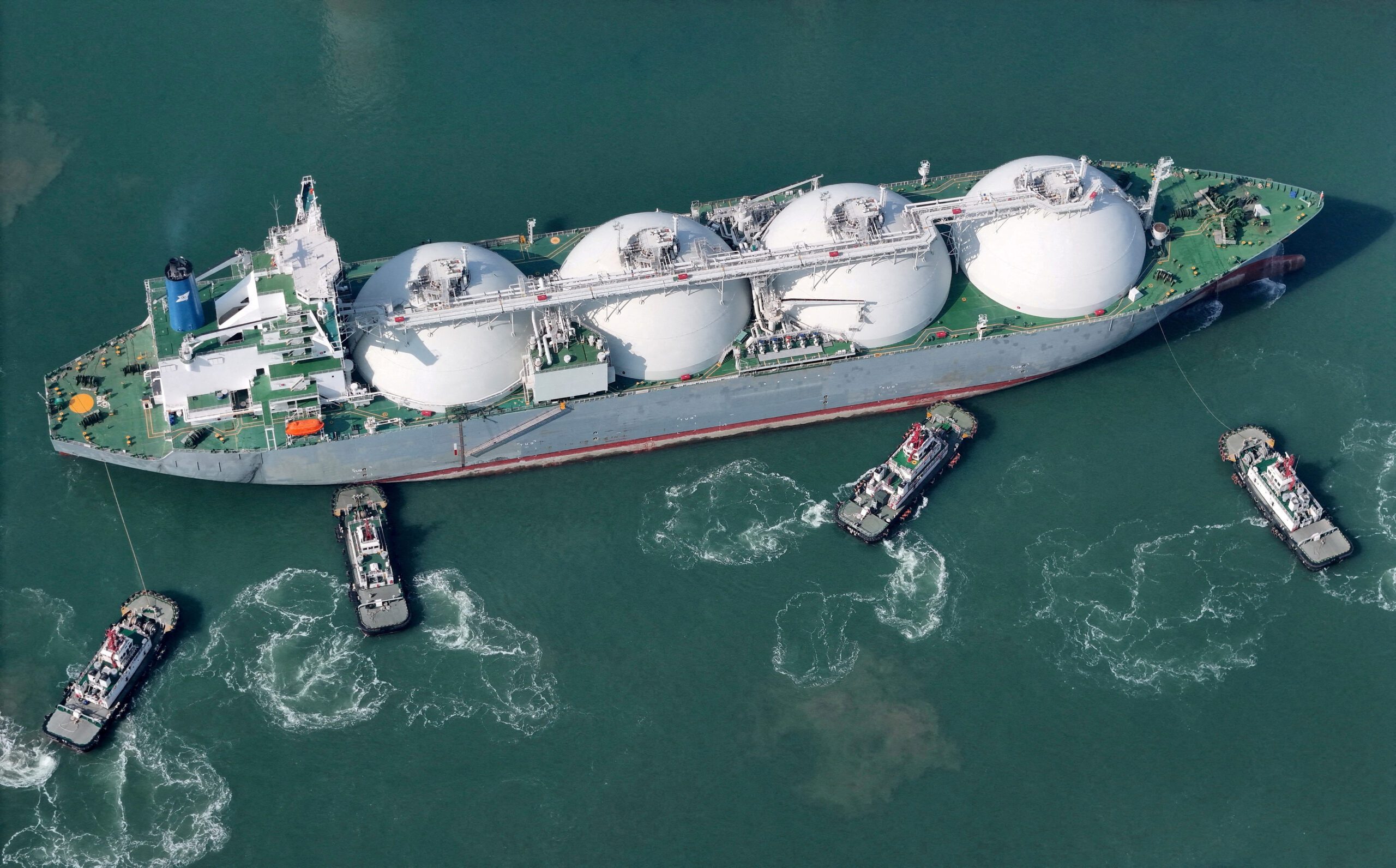Japan could offer a significant boost to the nascent $44bn Alaska LNG project. Against the backdrop of looming Trump tariffs and the administration’s express goal to boost the state’s hydrocarbon production, Japan could emerge as a backer of the massive Alaska LNG project.
Looking for ways to reduce Japan’s nearly $60bn trade imbalance, the country has signaled willingness to increase its U.S. energy imports. The EU, including Commission president Ursula von der Leyen, is following a similar approach hoping that the willingness to purchase greater amounts of American LNG can starve off tariff action.
Currently Japan imports around 10 percent of its LNG needs from Russia, an increasingly unreliable and geopolitically fraught supply. Japan’s Prime Minister Shigeru Ishiba recently described the country’s need to diversify its supplies.
Alaska is located near the great circle route the Pacific, the shortest sailing distance between the U.S. West Coast and Asia. The planned Alaska LNG export terminal sits just 2,500 nautical miles from Japan.
A commitment to support the project could come as early as this week during Ishiba’s planned visit to the U.S. capital.
Alaska’s energy production has been on a downward slope for around three decades, despite vast remaining oil and gas resources.
Discussions over tapping into the state’s significant gas resources on the North Slope and shipping them to markets in Asia in the form of liquefied natural gas, have been ongoing for more than a decade.
A rival proposal, Qilak LNG, spearheaded by former Lieutenant Governor of Alaska, Mead Treadwell, envisions a liquefaction plant on site at the shores of the Beaufort Sea and export via ice-capable LNG carriers, akin to Russia’s model.
Both the Yamal LNG and the Arctic LNG 2 project, Russia’s flagship projects, rely on a fleet of purpose-built Arc7 LNG carriers. A similar transport system has been proposed to allow LNG from Alaska to compete against Russia supply, partly due to the shorter shipping distance through the Bering Strait compared to the Russian projects further west.
The most recent proposal for Alaska LNG envisions an 800-mile pipeline delivering gas to Nikiski on the Kenai Peninsula. Year-round ice free waters would eliminate the need for ice-class vessels.
However, the project’s price tag, estimated at $44bn raised questions over its competitiveness compared to Russian LNG from the Arctic. With Arctic LNG 2 sanctioned and Yamal LNG facing an uphill battle to escape a similar fate, there may be an opening for the Alaska LNG project delivering up to 20mn tonnes of LNG per year.
A return to a no-pipeline option with direct shipments from the North Slope has also been discussed, according to industry insiders. A number of new built ice-class LNG carriers, originally intended for Arctic LNG 2, remain up for grabs, likely at a substantial discount at South Korea’s Hanwha yard.

 Join The Club
Join The Club











